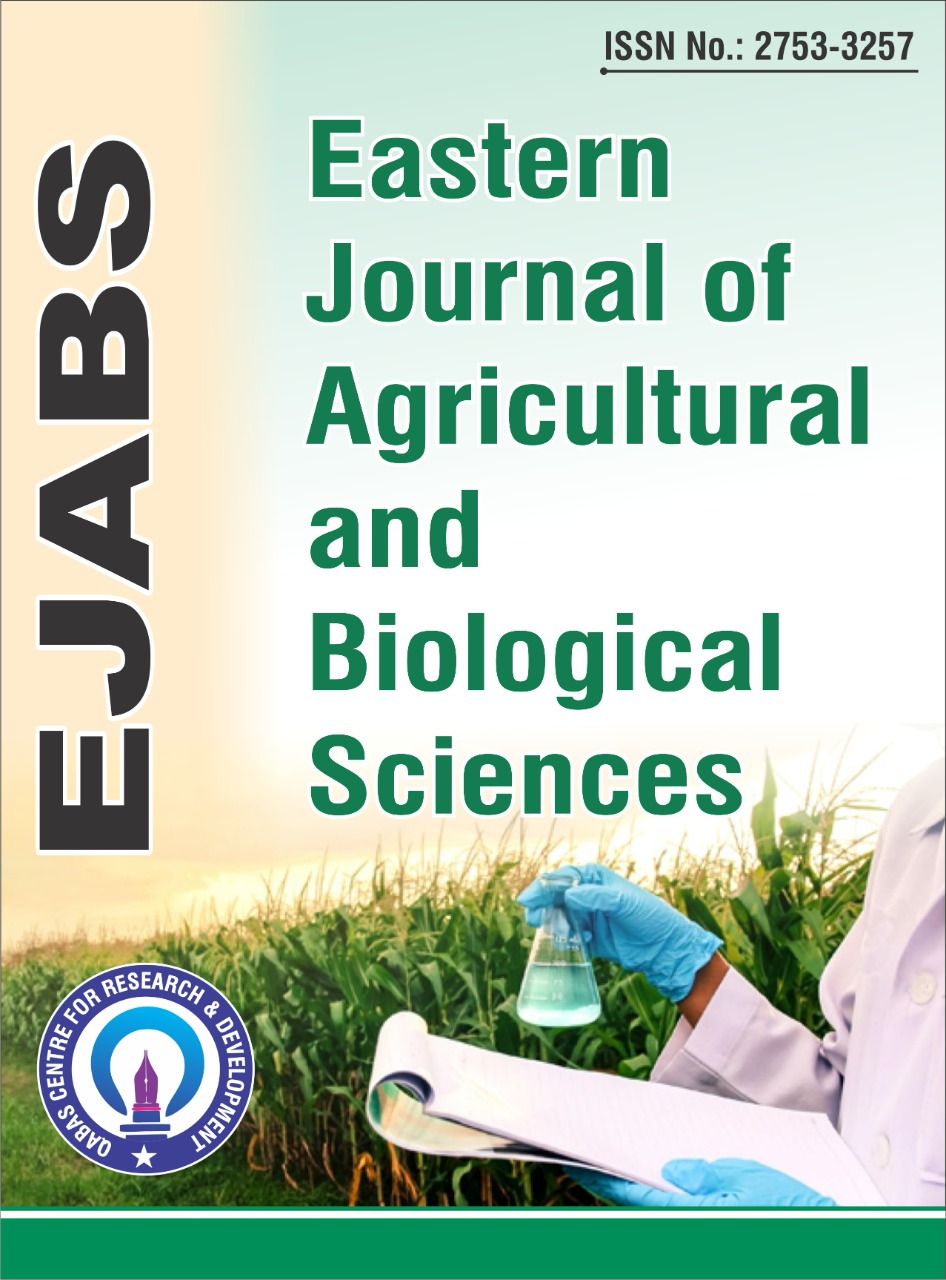Effect of some Chemical Herbicides on growth and yield characteristics for two bread wheat cultivars Triticum aestivum L.
Abstract
Bread-Wheat (Triticum aestivum L.) ranks among the world’s most essential food crops, particularly within the grain category. Its yield potential can be significantly enhanced through the use of high-yield cultivars, alongside optimal fertilizer application, irrigation, and herbicide usage. Accordingly, a field experiment was carried out during the 2021-2022 growing season at two locations in Nineveh Governorate: Bartella and Tilkaif. These semi-arid regions depend on supplementary irrigation. The experiment focused on two main factors: chemical herbicides (Control, Atlants, Pallas, Reward, Spotlight, Spotlight+Clodia, and Spotlight+Reward) and wheat cultivars (Wafia and Tal Afar3).
The experiment conducted using a strip-block design within a randomized Complete Block Design (RCBD) with three replications. Data analyzed using the Least Significant Difference (lsd) test for comparing means. The results showed that the combined herbicide treatment of Spotlight+Reward significantly improved plant height, number of spikes/m2, weight of 1000 grains (g), and grain yield (g/m²), with values of 80.453 and 85.8 cm, 333.6 and 321.667 spikes/m², 35.024 and 34.517 g, and 312.93 and 214.214 g/m² at Tilkaif and Bartella, respectively. The Wafia cultivar achieved the peak value yield in terms of spikes number at square meter and grain yield (g/m²), with values of 319.543 and 308.155 spikes/m² and 234.946 and 214.214 g/m² at Tilkaif and Bartella, respectively.
Based on the aforementioned findings, we conclude that the combination of herbicides (Spotlight + Reward) beside “Wafia” cultivar played a significant role in suppressing weed growth, in addition to causing a substantial increase in yield traits and its components.









